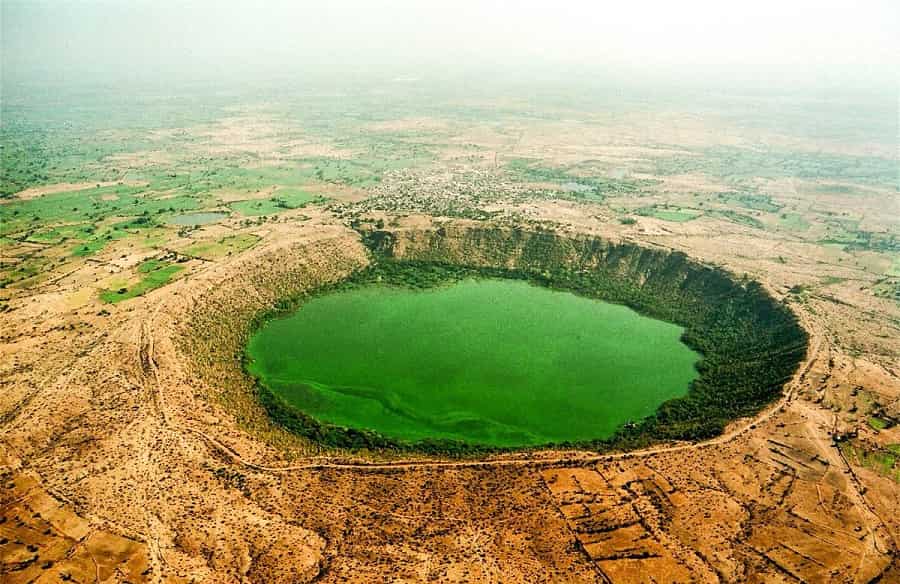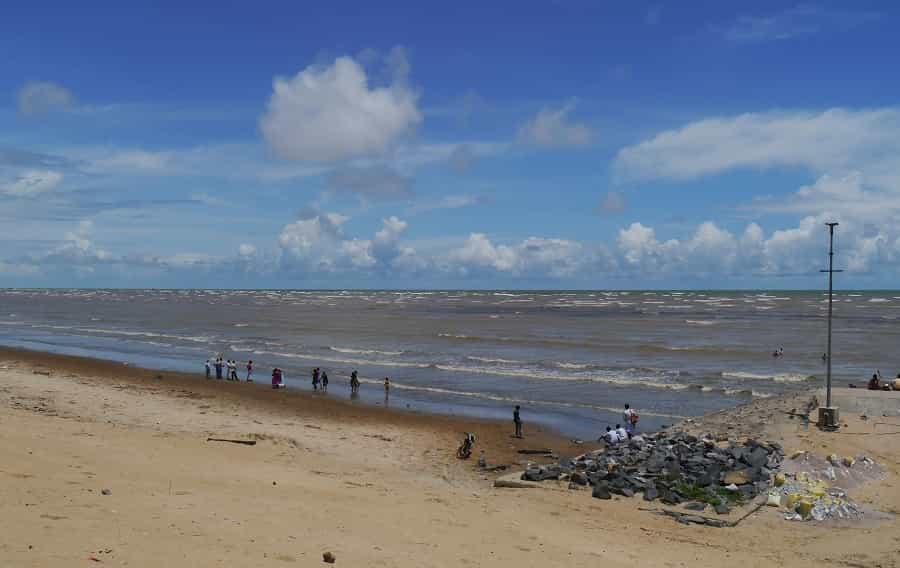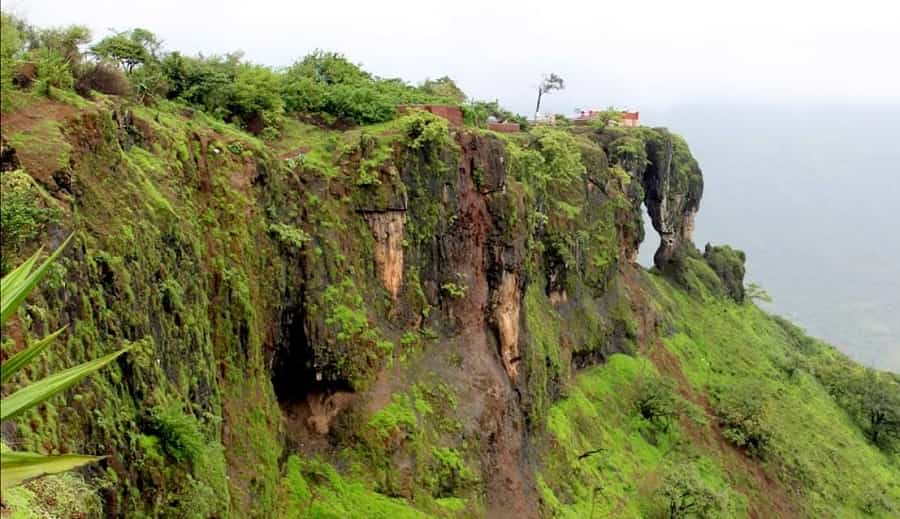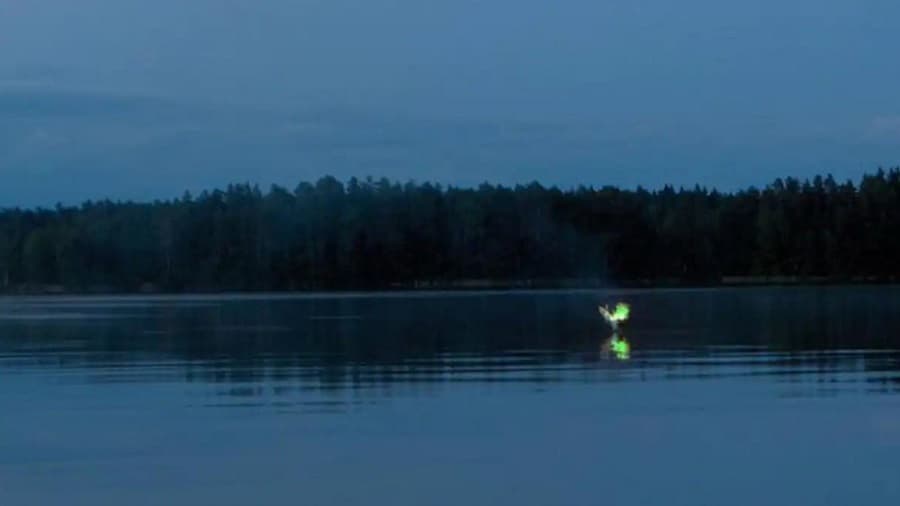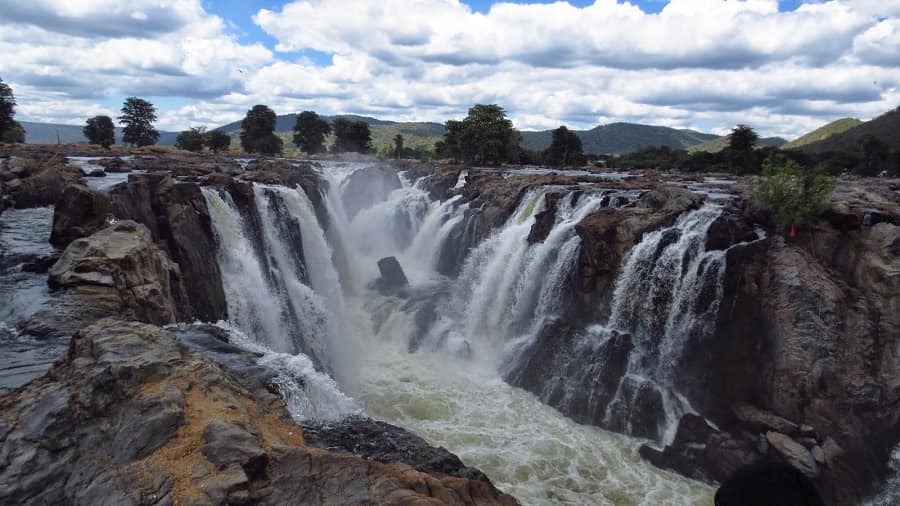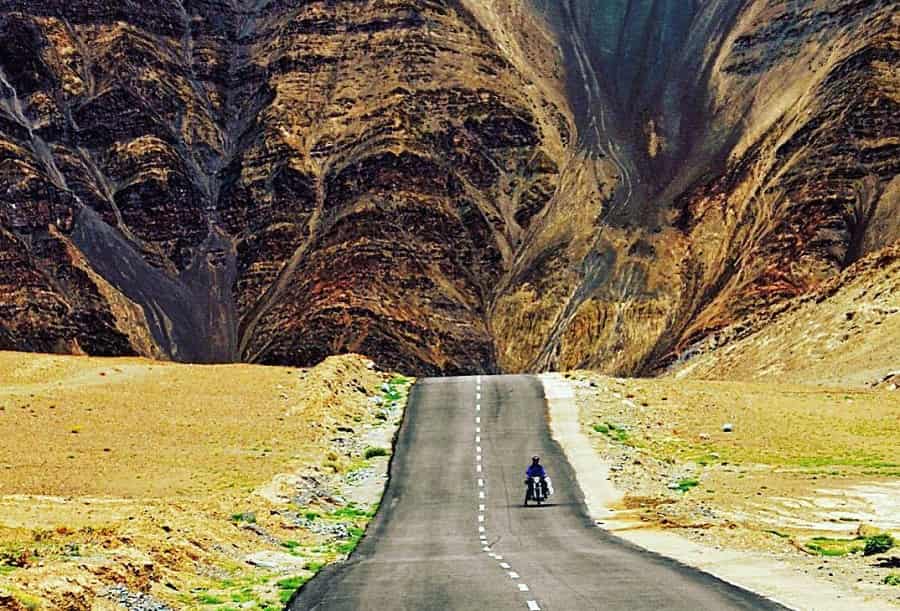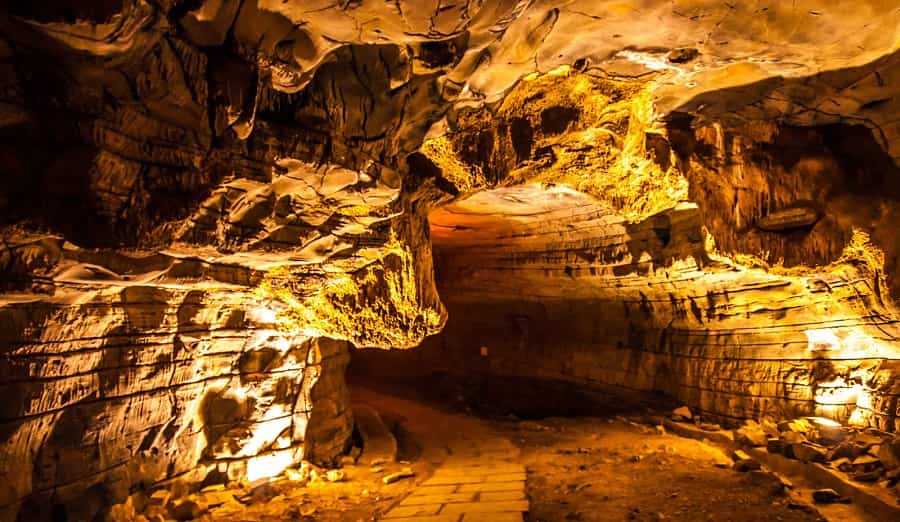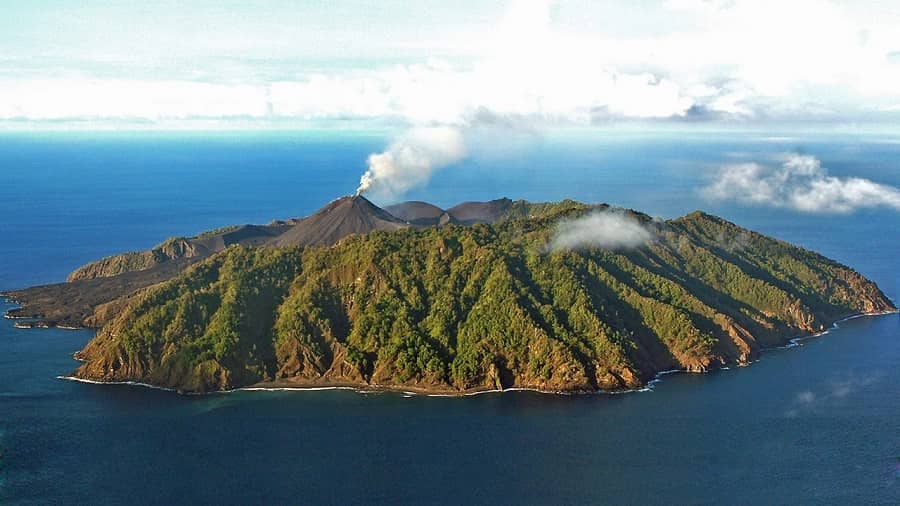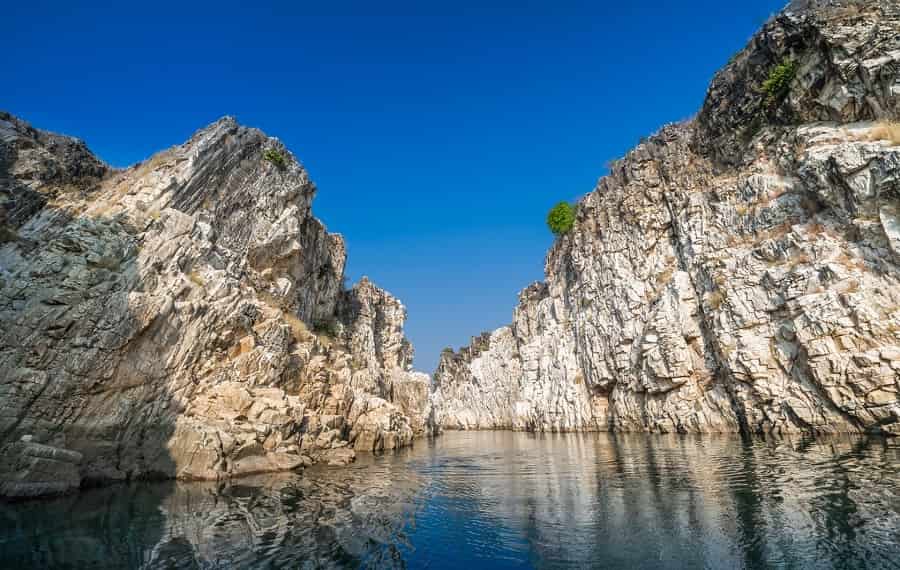10 Hidden Gems of India
When thinking of awe-inspiring places, most of us know very few options in our own country. Let us unveil 10 of the best kept secret locations in India. From the wonders of gravity, to the bacchanalia of the deserts, there is something for everyone!
1. ‘Lonar Crater Lake’ – Third largest crater of the world
- Formed by a meteorite impact over 52,000 years ago.
- One of only four hyper-alkaline, soda lakes in the world.
- Surrounded by temples and unique wildlife.
- Ideal for eco-tourism and history enthusiasts.
Lonar Crater Lake dates back to some 50,000 years and was created by a meteor hit. Situated on the outskirts of Lonar town, Maharashtra, the lake is a myriad of colors and creates a beautiful sight.
2. Breathing Nature – Living ‘Tree Bridges’ of Cherrapunji
- Made by local tribes using the roots of rubber trees.
- Structures grow over decades, creating strong, sustainable bridges.
- Found primarily in Cherrapunji and Mawlynnong.
- A marvel of natural engineering and sustainable living.
Straight out of a fantastical tale, the Living Tree Bridges of Cherrapunji, have roots that go down to an astounding 3000 ft. Believed to have been shaped by humans into bridges, the roots make their way all along the slope. The tree holds onto the riverside and the roots snake their way through the river bed.
3. Chandipur Beach, Odisha – Go seek!
- Unique phenomenon where the sea recedes up to 5 km during low tide.
- Offers a quiet, offbeat beach experience.
- Water returns dramatically during high tide, creating a stunning spectacle.
- Ideal for photographers and nature lovers.
Have you ever witnessed the sea disappearing before your eyes? A rare phenomenon that’s hard to find elsewhere, at Chandipur Beach, the sea recedes by as much as five kilometers every day. Located around 200 km from Bhubaneswar, this captivating spectacle not only mesmerizes visitors but also gives them the rare opportunity to literally walk out into the sea as it retreats.
- Check Out: Orissa Tour Packages
4. Elephant’s Trunk – Needle Hole Point Mahabaleshwar
- Named after a rock formation resembling a needle’s eye.
- Offers panoramic views of surrounding valleys and waterfalls.
- Less crowded compared to other spots in Mahabaleshwar.
- A peaceful, scenic destination for nature walks.
Nature lovers are going to love this one! Overlooking the Deccan traps, the Needle Hole Point in Mahabaleshwar, looks like fine craftsmanship. Resembling an elephant’s trunk, the site is located near Kate’s Point. Why the needle point? Because you can see the formation through a hole!
5. The Aleya Ghost Lights – Those long gone beckon!
- Mysterious glowing lights seen in the Sundarbans swamps.
- Locally known as “Marsh Gas” or “Will-o’-the-Wisp.”
- Often linked to folklore and supernatural beliefs.
- Scientifically explained as combustion of methane gas from decaying organic matter.
The name says it all!! Conjured up in the swamps of Bengal, these lights are speculated to be caused by paranormal activity in the region. The souls of dead fishermen are the legend that surrounds these ghost lights, while scientists claim that the decaying organic matter of the region is creating gases. The glow comes from the reaction of the gases with oxygen, resulting in oxidization and ionization.
6. Smoky Rocks – Hogenkkal Falls!
- Hogenakkal Falls is known as the “Niagara of India.”
- The smoky mist is created by the water vapors from the falls.
- Surrounded by forest, providing a natural and healing environment.
- Famous for coracle boat rides and its therapeutic baths.
Falling on the Kaveri River, Hogenakkal Falls are referred to as Niagara of India and rightly so! The carbonite rocks of this region might be some of the oldest in the world. If you’re wondering what Hogenakkal means, it means ‘smoke rock’. The reason is simple-when the falls cascade on the carbonite rocks, it looks like there is smoke coming out of them.
7. Up or downhill? – Magnetic Hill, Ladakh
- An optical illusion that makes vehicles appear to move uphill.
- Located on the Leh-Kargil-Srinagar highway.
- Attracts tourists intrigued by its strange, gravity-defying effects.
- Surrounded by stunning mountainous landscapes.
Even the appearance of this hill, is deceptive. Located downhill, the hill looks like an uphill region. To add to its complexity, try driving on the Magnetic Hill- on neutral, you car will go uphill instead of downhill. With its deceptive looks, this region in Ladakh is able to pull off this fantastic illusion.
- Suggested Tour: Ladakh Tour Packages
8. Second largest cave in the subcontinent – ‘Belum Caves’
- The longest caves in India, with a length of over 3 kilometers.
- Famous for striking stalactites, stalagmites, and other formations.
- Believed to have been used by Buddhist monks for meditation.
- Offers a thrilling underground adventure for visitors.
The second largest and the longest caves in the subcontinent, Belum Caves is famous for its stalactite and stalagmite formations. Cocooned in its dark envelopes, you will find spacious compartments, winding passages, siphons and more. Of the 3.5 km already explored, 1.5 km is open to tourists.
9. South Asia’s remaining active volcano – Barren Island of Andaman
- India’s only active volcano, located in the Andaman Sea.
- Surrounded by clear waters and pristine beaches.
- Rare opportunity to witness volcanic activity firsthand.
- A remote and rugged destination ideal for adventure seekers.
Drive about 135 km from Port Blair, to reach the only active volcano in South Asia. The island is basically comprised of the volcano and its debris. The last recorded eruption was in 1787. With a towering height of 305 m above sea level, the volcano created more than a dozen false alarms since its last eruption.
- Suggested Tour: Andaman and Nicobar Islands Tours
10. Dazzling Whites – Marble Rocks at Bhedaghat!
- Stunning marble cliffs lining the Narmada River.
- Offers boat rides through the gorge for spectacular views.
- Famous for its shimmering white marble formations.
- Best visited at sunrise or sunset for the most breathtaking views.
Situated on the contours of Narmada River, these rocks reach a height of a 100 ft. The river has carved the rocks into a smooth gorge of 3 km in length. You will appreciate the sunlight as it bounces off the white curves and dances on the turbid waters of the river. Visiting it on a moonlit night is a wonderful experience.
